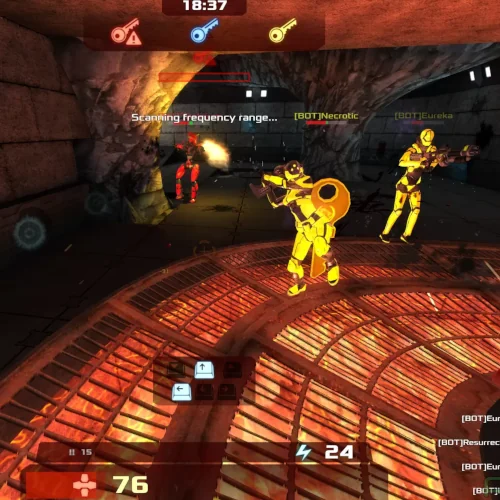Ray-Tracing Is All The Rage At This Year's Game Developers Conference

Microsoft announced their new DirectX Raytracing (DXR) API for DirectX 12. DXR is an extension of the rasterization-based Direct3D API and provides for new shader types suitable for a world of ray-tracing, etc. The end goal is obviously to produce more realistic and life-like video games while DXR is a supplemental approach towards the grand vision of ray-tracing. Microsoft developers are promising that their DXR ray-tracing API will work with current generation hardware. There has been interesting ray-tracing game experiments going back many years, but it's always been too computationally intensive for being able to perform well in real-time for games on PC hardware.
Microsoft has a heck of a lot more information on their DXR ray-tracing API via this MSDN blog post with plenty of the exciting technical details. Among the companies backing DXR so far include Unity, Unreal Engine, Futuremark, EA SEED, and EA Frostbite.
NVIDIA meanwhile on Monday used GDC 18 to announce NVIDIA RTX. NVIDIA RTX is a high-performance implementation for ray-tracing on NVIDIA's Volta GPU architecture and future GPUs. For NVIDIA GPUs, DirectX Raytracing is then implemented atop NVIDIA RTX. All those details on RTX here.
AMD is also obviously joining the ray-tracing bandwagon. AMD posted a brief bit on real-time ray-tracing this morning to GPUOpen.com and will be talking more about it during various GDC sessions.
It looks like the era of ray-tracing for video games is finally arriving! After seeing a technical demo many years ago where I believe it was Intel having made a ray-tracing demo with Enemy Territory: Quake Wars and being wowed by that and other demos/experiments over the years, I've certainly been waiting for this era to come. But unfortunately for Linux gamers it will sadly be some time before it has really arrived. Currently Khronos does not have any DXR equivalent API for freeing this ray-tracing goodness from the Microsoft space but we'll likely see more Vulkan work in the area of ray-tracing, given they generally follow DirectX's lead. However, it will likely be just the major studios with AAA games who initially work on embracing ray-tracing, of which we rarely see many Linux game ports or often months/years after the release. Nevertheless, I'll be eagerly looking forward to such technology coming one day to Linux games.
39 Comments

